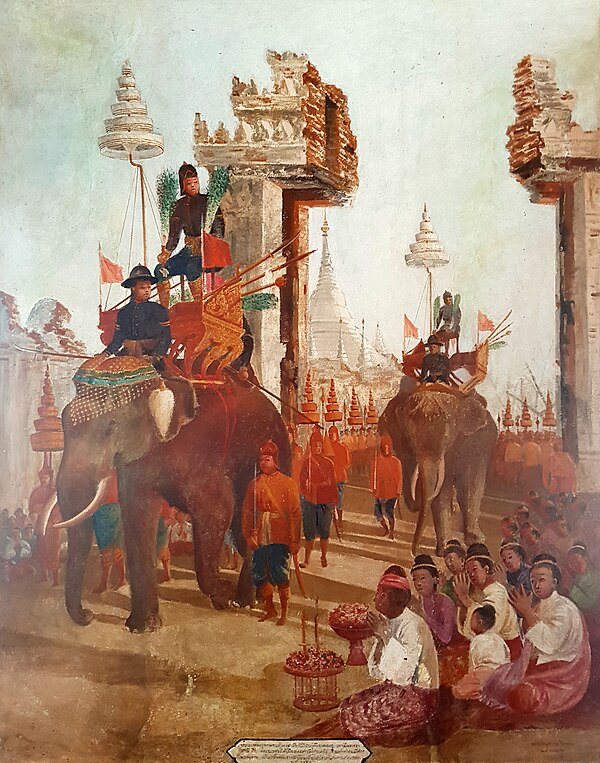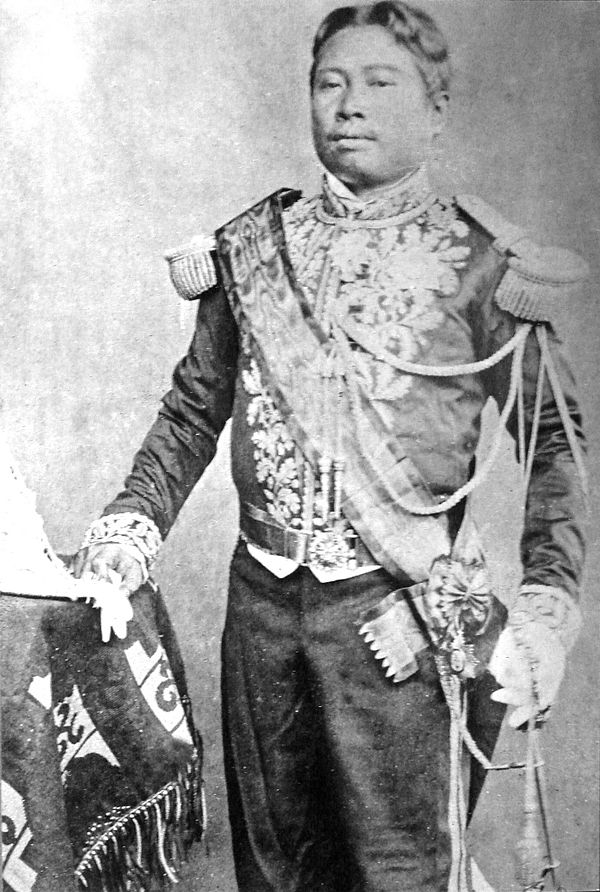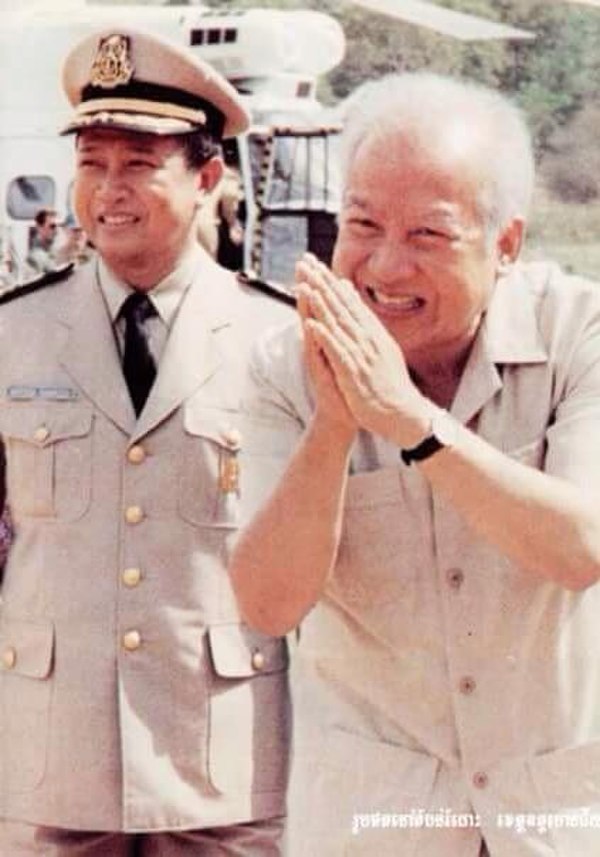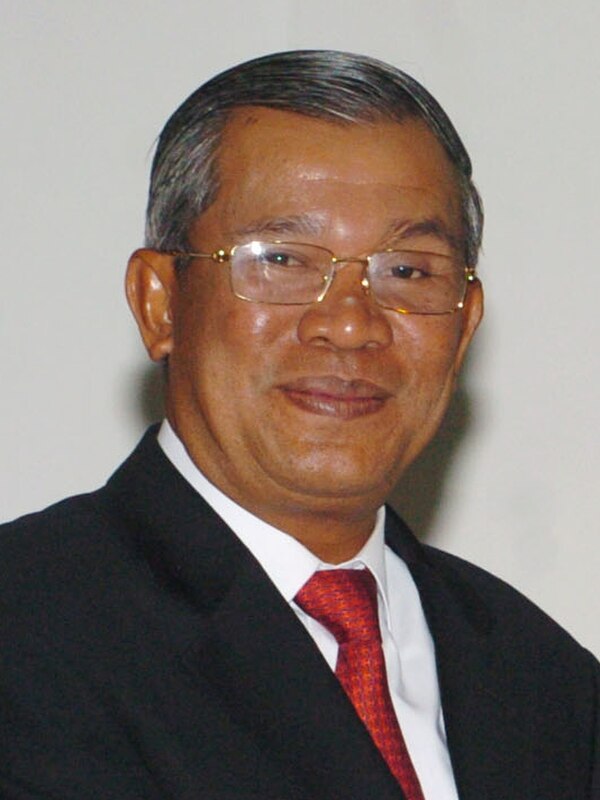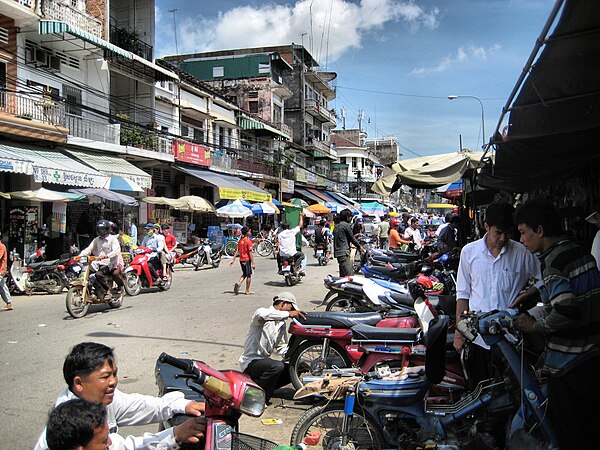Funan was the name given by Chinese cartographers, geographers and writers to an ancient Indianized state—or, rather a loose network of states (Mandala)[5] — located in mainland Southeast Asia centered on the Mekong Delta that existed from the first to sixth century CE Chinese annals[6] contain detailed records of the first known organised polity, the Kingdom of Funan, on Cambodian and Vietnamese territory characterised by "high population and urban centers, the production of surplus food...socio-political stratification [and] legitimized by Indian religious ideologies".[7] Centered around the lower Mekong and Bassac rivers from the first to sixth century CE with "walled and moated cities"[8] such as Angkor Borei in Takeo Province and Óc Eo in modern An Giang Province, Vietnam.
Early Funan was composed of loose communities, each with its own ruler, linked by a common culture and a shared economy of rice farming people in the hinterland and traders in the coastal towns, who were economically interdependent, as surplus rice production found its way to the ports.[9]
By the second century CE Funan controlled the strategic coastline of Indochina and the maritime trade routes. Cultural and religious ideas reached Funan via the Indian Ocean trade route. Trade with India had commenced well before 500 BCE as Sanskrit hadn't yet replaced Pali.[10] Funan's language has been determined as to have been an early form of Khmer and its written form was Sanskrit.[11]
Funan reached the apex of its power under the 3rd-century king Fan Shiman. Fan Shiman expanded his empire's navy and improved the Funanese bureaucracy, creating a quasi-feudal pattern that left local customs and identities largely intact, particularly in the empire's further reaches. Fan Shiman and his successors also sent ambassadors to China and India to regulate sea trade. The kingdom likely accelerated the process of Indianization of Southeast Asia. Later kingdoms of Southeast Asia such as Chenla may have emulated the Funanese court. The Funanese established a strong system of mercantilism and commercial monopolies that would become a pattern for empires in the region.[12]
Funan's dependence on maritime trade is seen as a cause for the beginning of Funan's downfall. Their coastal ports allowed trade with foreign regions that funnelled goods to the north and coastal populations. However, the shift in maritime trade to Sumatra, the rise in the Srivijaya trade empire, and the taking of trade routes all throughout Southeast Asia by China, leads to economic instability in the south, and forces politics and economy northward.[12]
Funan was superseded and absorbed in the 6th century by the Khmer polity of the Chenla Kingdom (Zhenla).[13] "The king had his capital in the city of T'e-mu. Suddenly his city was subjugated by Chenla, and he had to migrate south to the city of Nafuna".[14]














